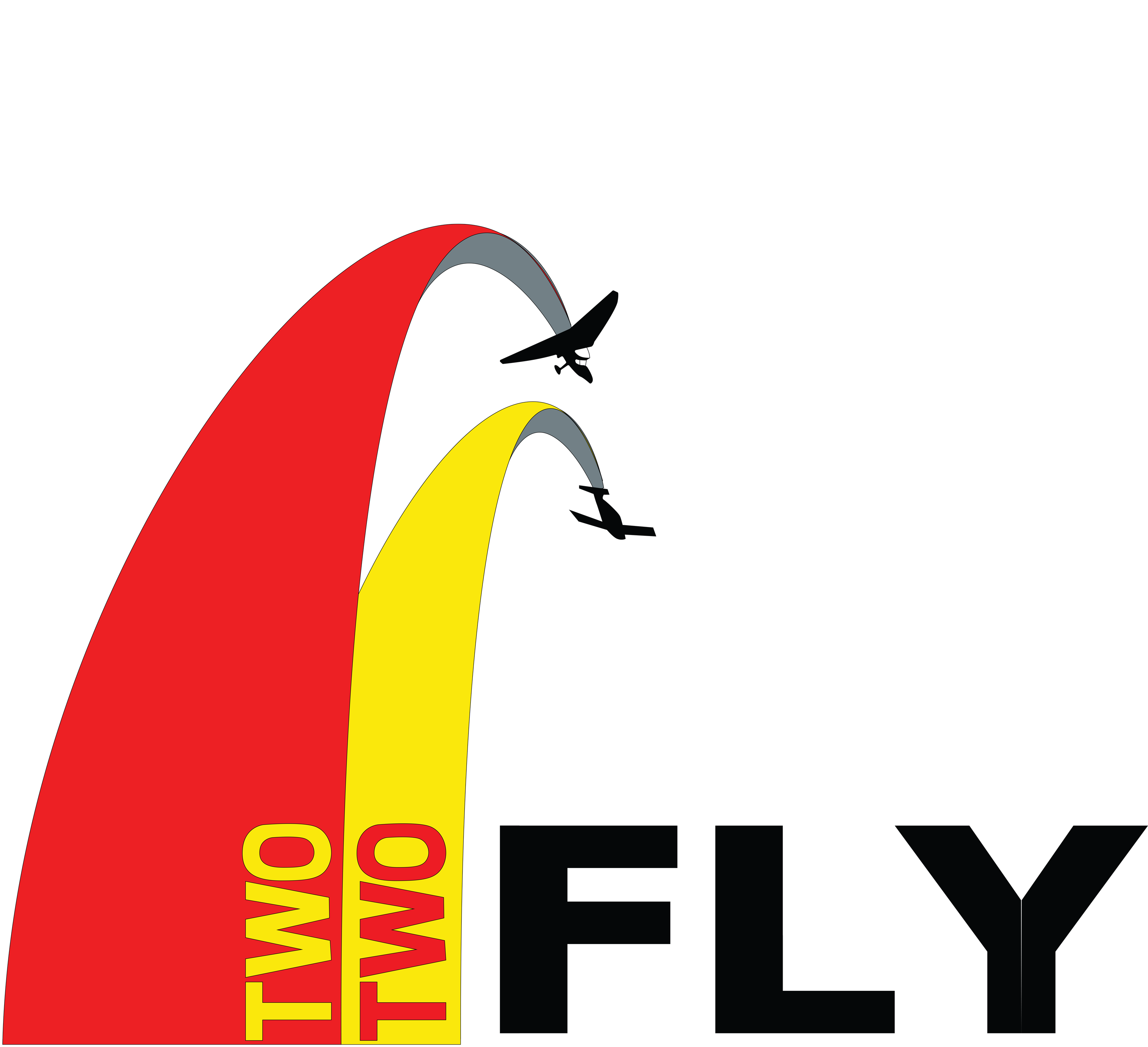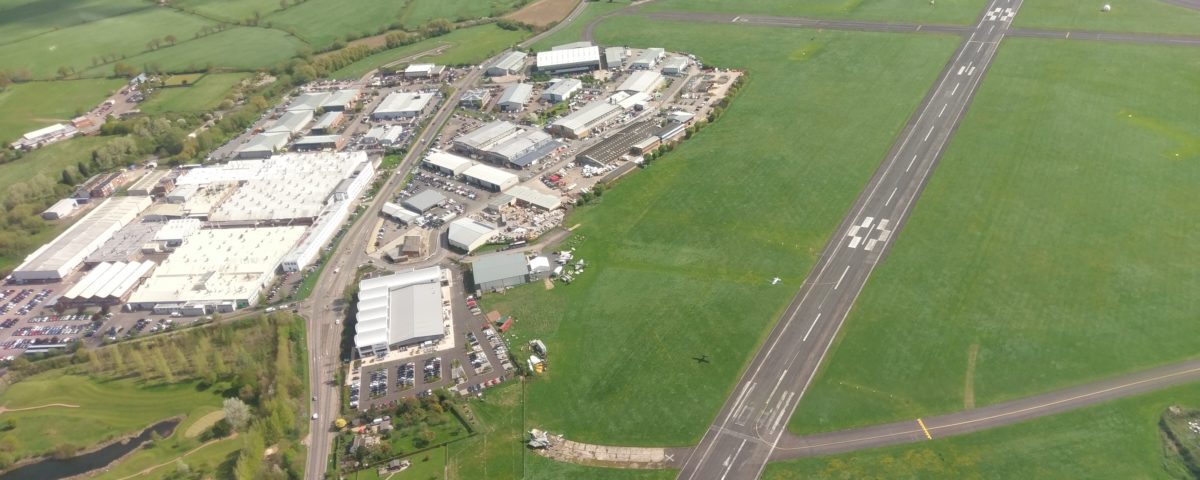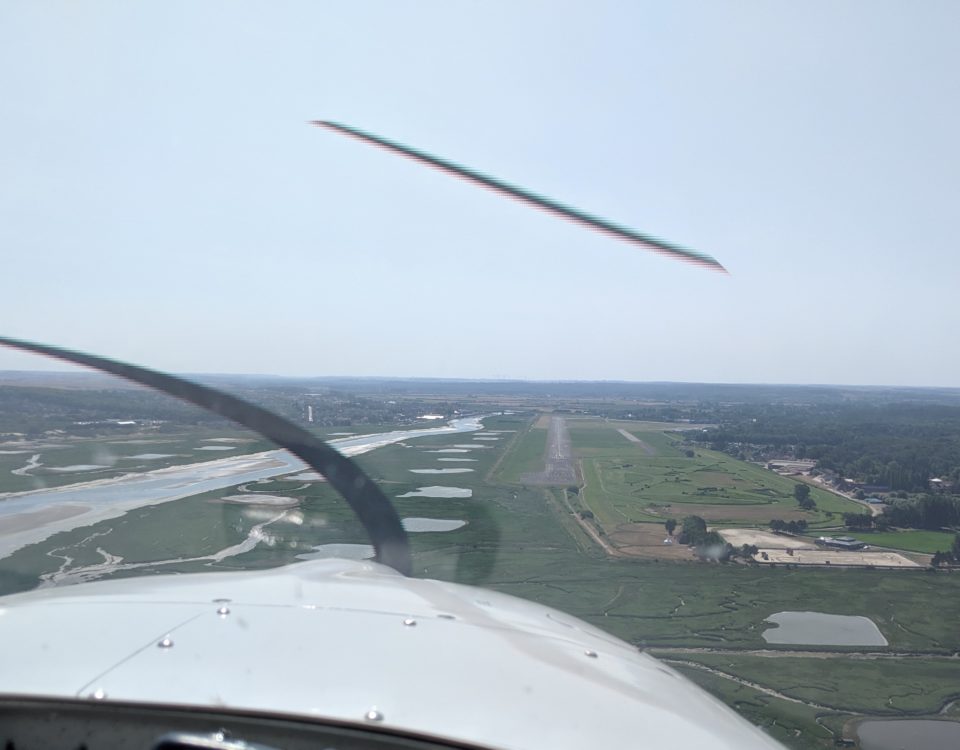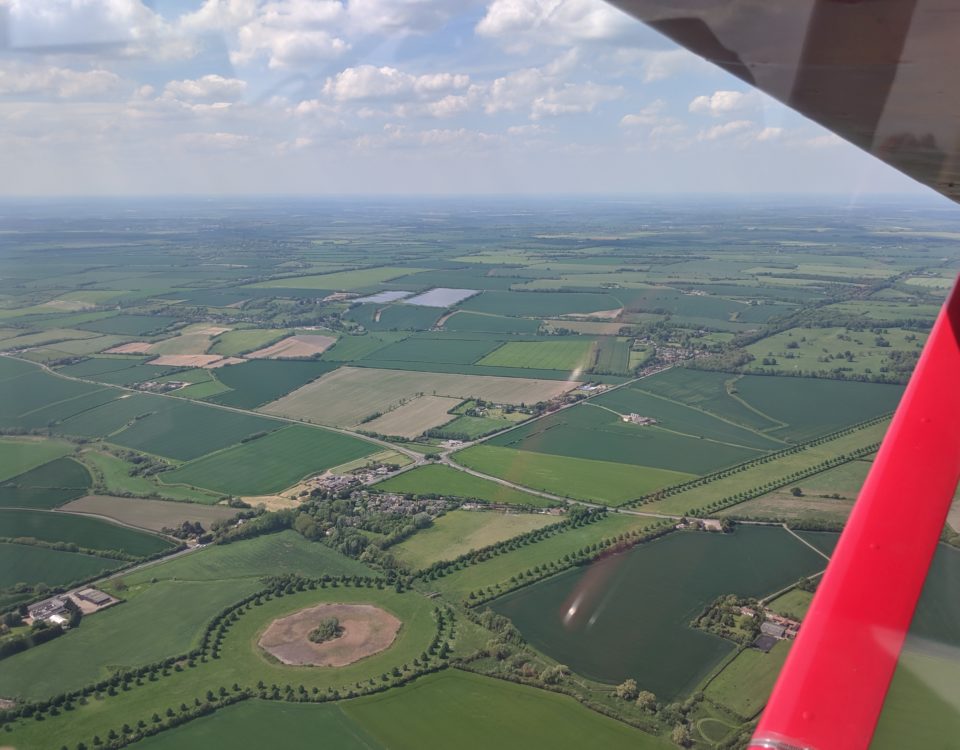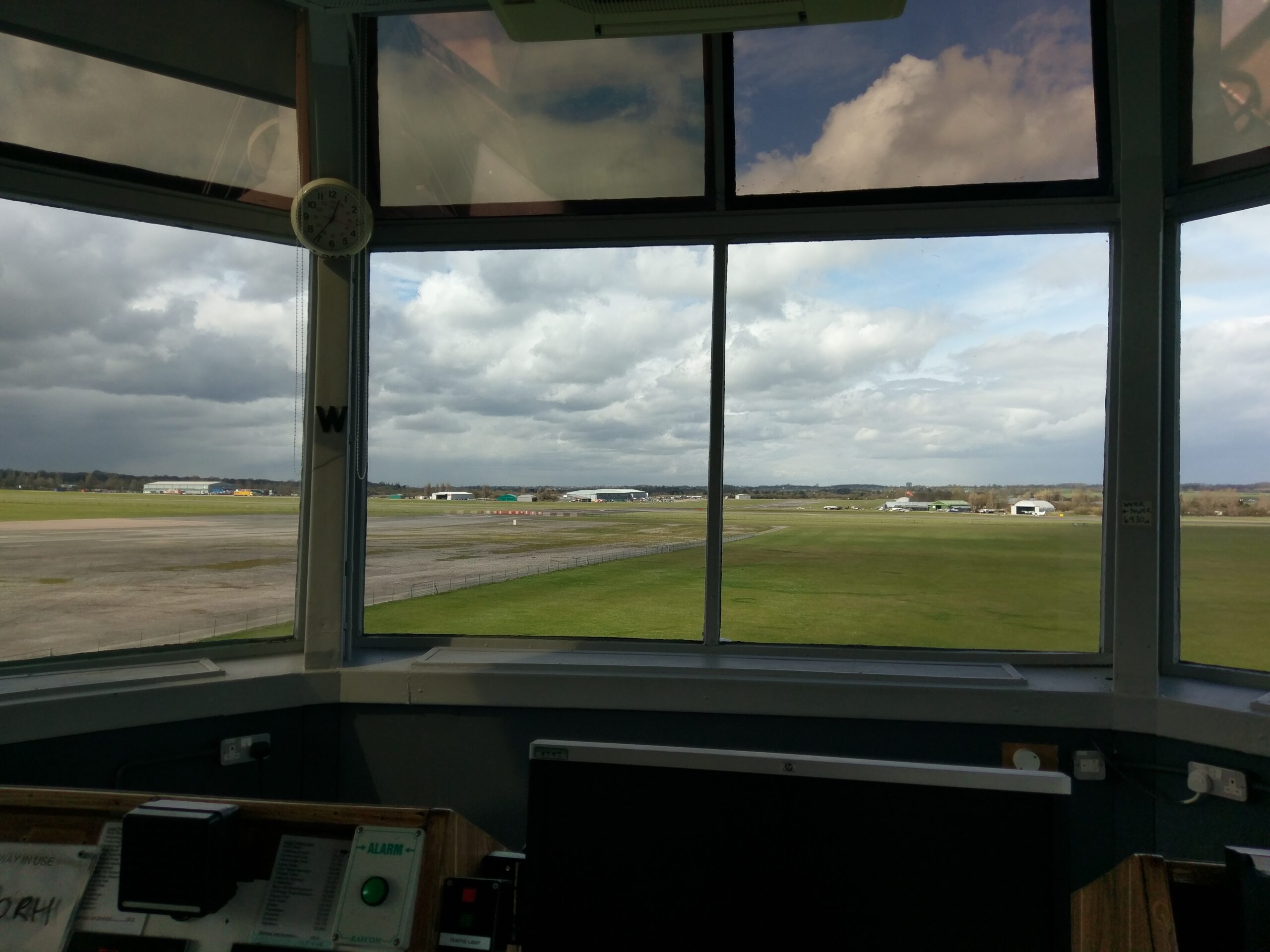
On the other side of your radio
May 18, 2018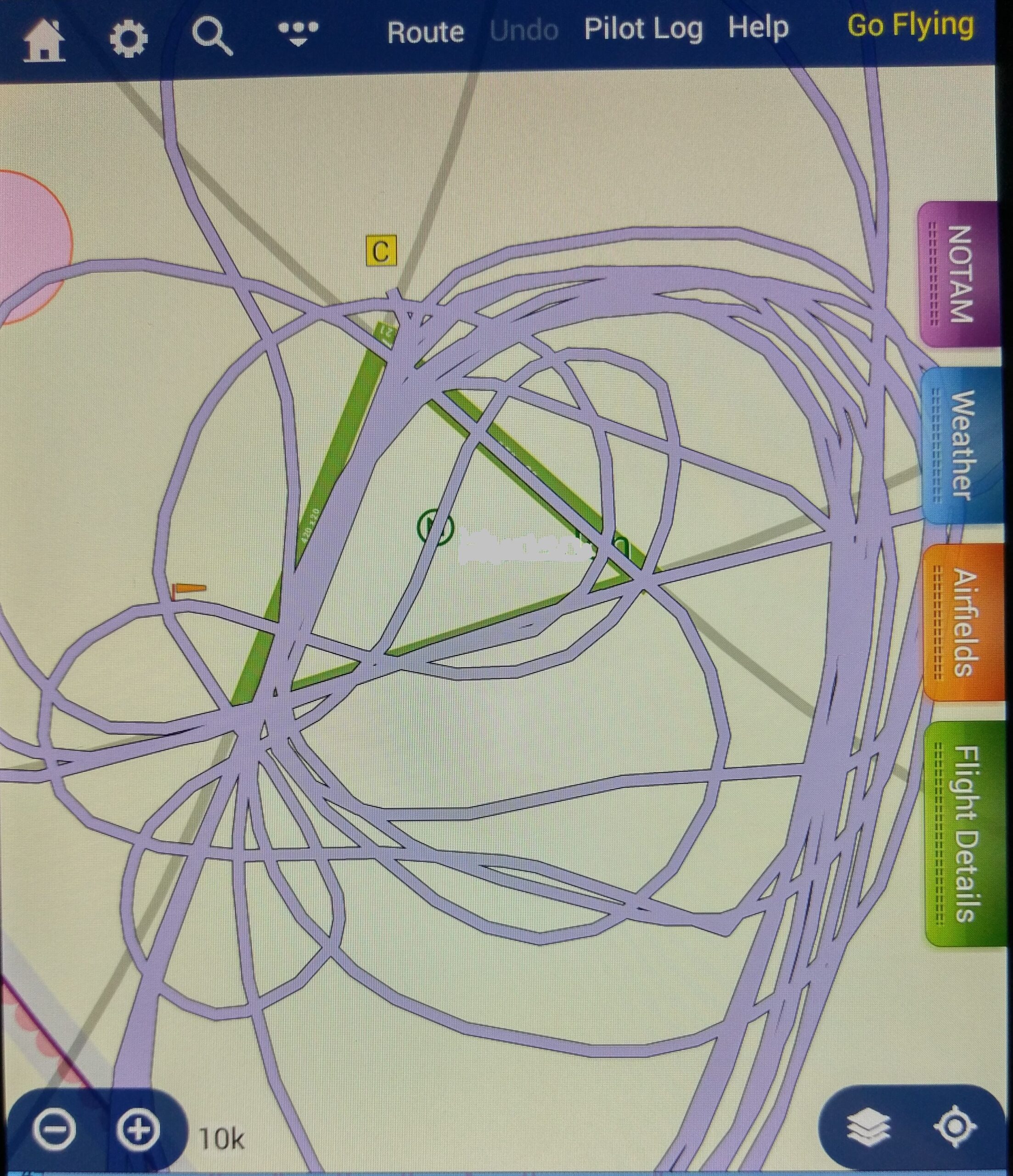
In praise of circuits
June 15, 2018“Twenty-four knots? So? That’s a breeze! I will see you at nine. Don’t be late!” I had tentatively suggested that perhaps it would be too windy for tomorrow’s flight. I realised too late once you had signed up with Ed for a trip, hurricane conditions weren’t going to get in the way. Ah well, as my former instructor, I was in safe hands, wasn’t I?
In fact, the log showed it reached 36 knots. No wonder I found it a bit bumpy!
We were flying from Cambridge to Gloucester, from one air traffic control (ATC) to another. A tad more formal than the grass strips I am used to. It was a dead straight line due west on Skydemon when I plotted the route, with only a slight kink to avoid parachute site Hinton-in-the-Hedges. It didn’t take much to plot, and I saw Ed do exactly the same.
I missed the sheaf of papers he had to fill in at Cambridge Airport, but I noted you need permission before you can start the aeroplane. Then he logs in to the ATIS, or Automated Terminal Information Service for the latest weather and runway info. There he gets a code, which he needs to be able to give to the ATC to prove he has the latest updates. Ours was Whiskey. “Won’t be difficult to remember that one, will it?”
Flying out over the university city with the morning light catching Kings College was one of those moments that makes all the bumps of flying worth it.
Ed set his speed at around 120 knots and kept to it. We were flying straight into a headwind. As we reached the Chilterns it started to feel considerably bumpier. “Why’s that?” he asked. The rotor off the hills. “I could slow down and it will be a smoother ride, but then we’ll be late for the taxi at the other end.”
The dappled light was incredibly beautiful, with Cotswolds villages nestled in the folds of earth and fields stretching around them. The clouds loomed rather large on the horizon. “You see, you go flying on a day like today, when everyone is too scared to go up, and you have the sky to yourself!”
Suddenly he remarked, “Whoa! There I have been flying at one height, and the ground is coming up to meet me, so I’ve kept climbing. Mentally, you want a certain distance between you and the ground.” I was puzzled. “What’s the problem?” “No problem here, but if you’re in controlled airspace, and your ceiling isn’t going up, you need to be aware that relative to the ground, you’ll be getting lower.”
Flying into an ATC airport means first being in contact with their Approach, and then they tell you when to move over to the Tower. Ed gave the glidepath at Gloucester a wide berth and then he quickly plotted a standard overhead join onto Skydemon. I didn’t know it could do that. We descended on the dead side, joining the circuit while I had a perfect view of a plane taking off below me. We were told to continue our downwind leg, and do an orbit, so we were three miles away before being allowed to turn final. That’s nothing for a GA plane, but I’m used to being able to do a full circuit in exactly five minutes, from take-off to landing, so it felt like we were flying forever!
I struggled to keep up with what was happening on the radio, but at no point was he not connected to someone. Before we left the last point of radio call, he was checking the frequencies of the next. “That way, if you come down in a hurry, you have someone who knows who you are, what you are and where you are going.” As we climbed out of Gloucester, he rattled off something to the ATC, looked at me and said, “Asked them if we can just stay with them for a bit.” We weren’t actually flying over anywhere that required us to contact an airfield, but for example, long before we got to Cranfield, Ed had announced himself. They asked him to call again when we were at a specific point, closer, and then as we crossed their glidepath, they gave the all-clear for no incoming jets. “You don’t want to get in the way of one of them!”
Another take-out from the trip was that even the most experienced of pilots doesn’t ignore changing weather. For all his breezy insouciance, we picked up what we had come to collect and Ed turned to me. “The weather is coming in. Let’s get back and we’ll go for a romantic lunch at KFC in Cambridge rather!”
As we came into sight of Cambridge, there was a huge downpour to our left – black thundercloud, straight solid lines of rain. “What a good day. Most times, that cloud would have been right here in front of us,” he chirped.
A graphic example of the effects of headwinds and tailwinds was my final piece of learning that day. Our trip there had taken 80 minutes. Coming back took 50, travelling at times at 136 knots.
Who says you can’t learn anything as a passenger. But I have yet to taste the delights of KFC Cambridge.
